The compressor emergency shutdown system (ESD) has tripped the natural gas compressor off-line three times in the past 24 hours.
Each time the operator goes to reset the compressor interlock, he notices the graphic display panel on the interlock system says “Separator boot high level” as the reason for the trip.
After this last trip, operations decides to keep the compressor shut down for a few hours until your arrival to diagnose the problem. Your first diagnostic test is to look at the indicated boot level in the sight-glass level gauge (LG-93). There, you see a liquid level appears to be normal:
Compressor Root Cause Analysis
Click on the image to Zoom
First, explain why this first diagnostic test was a good idea. Then, identify what would your next diagnostic test be.
Finally, comment on the decision by operations to leave the compressor shut down until your arrival. Do you think this was a good idea or a bad idea, from a diagnostic perspective? Why or why not?
Answer
Given the fact that the ESD system keeps indicating a high boot level, you know that it “thinks” the liquid level inside the boot is higher than it should be.
The next logical step is to determine whether or not a high liquid level condition does indeed exist. If so, the trip is legitimate and there may be a problem with the liquid level control system. If not, the LSHH-231 or its associated wiring may have a fault that sends a false trip alarm to the ESD system.
However, the decision to leave the compressor idle for a few hours until your arrival was not a good one for diagnosis. If indeed there is a problem with excessive liquid collecting in the boot, this would only be evident during running operation.
With the compressor idle and no new gas entering the separator vessel, there will be no new liquid collecting in the boot, which will give the boot level control system ample time to empty that liquid down to a normal level and make it appear as though there is no level problem.
In other words, leaving the compressor idle for a few hours “erases” the evidence, making it more difficult to troubleshoot.
Aside from re-starting the compressor and watching it run, you could perform a test on the liquid level control system by simulating a high-level condition inside the boot (e.g. applying pressure to one side of LT-92) and observing how fast or slow the actual liquid drains out (as indicated by LG-93).
If there is a problem with the level control valve LV-92 or its associated components, you should be able to tell in the form of a long (slow) drain time.
The fact that the blind flange at the bottom of the boot drain line says “Rod out” on the P&ID suggests this line is prone to plugging with debris, which could explain a slow-draining condition and consequently the frequent high-level trips.
Share Your Answers via Comments
Read Next:
- Interface Level Measurement
- Basics of Level Measurement
- Safety Switches for Conveyors
- Guided-wave Radar Level
- What is Instrumentation Control
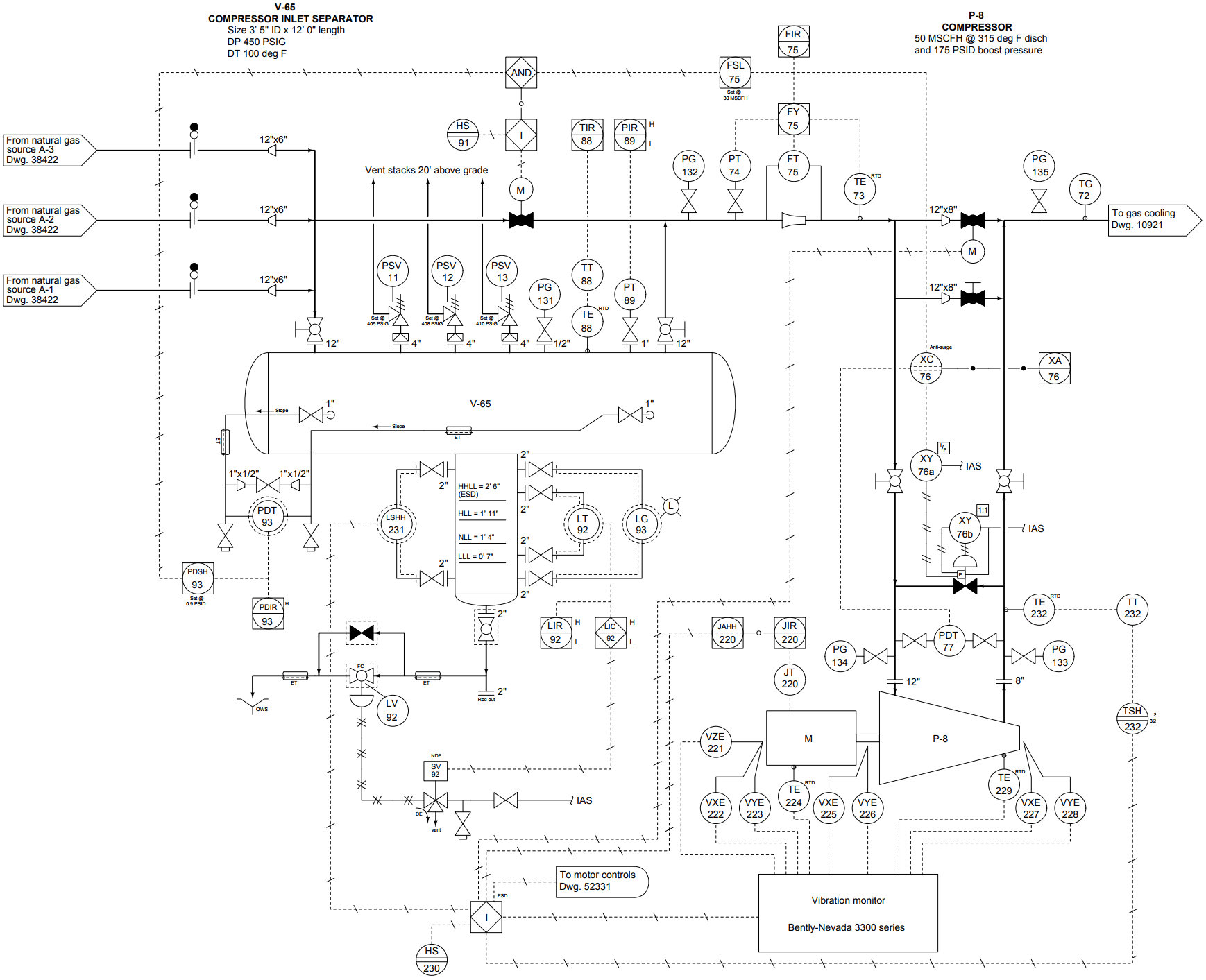
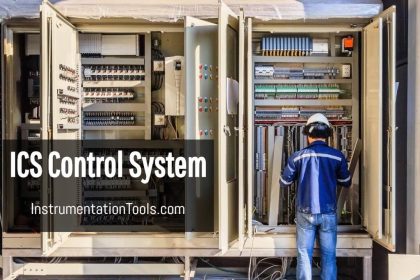
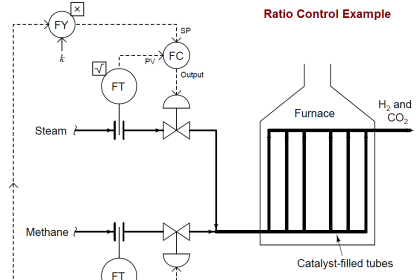
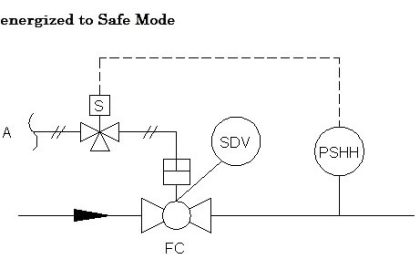
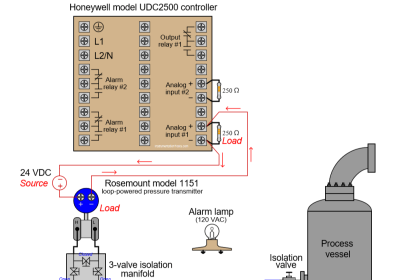
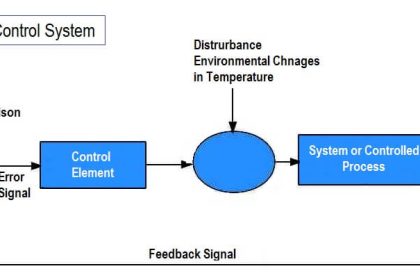
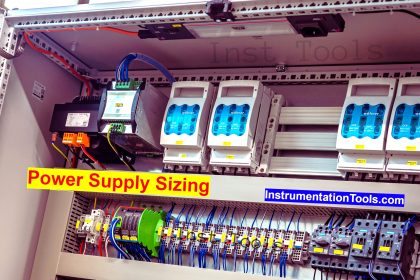

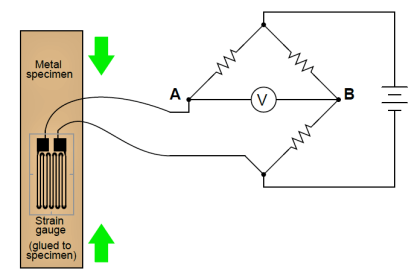

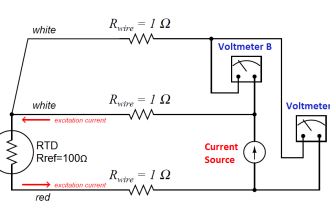
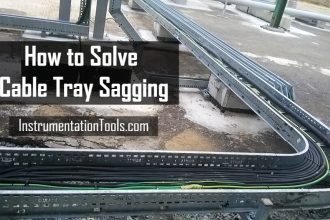
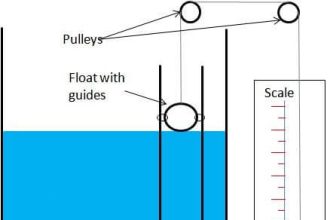
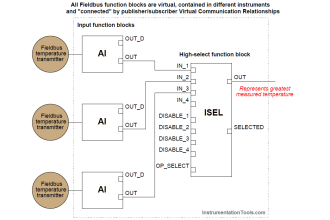

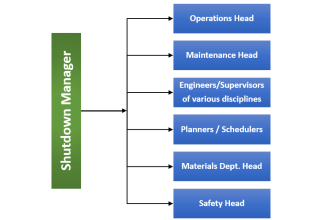

Great topic, RCA,
Firstly, I agree that leaving the compressor idle for few hours not a good idea for the best diagnostic. However, running the compressor while the liquid level is high that’s not a good idea as well because that would damage the impeller and the other internal parts.
That’s why they make the safeguarding system to protect the equipment from any abnormal things threatening the safety critical equipment.
So, the best diagnostic is to be as fast as possible by the field operator to visually check whether the liquid level is high or low by LG and that would not take that much time.
By the time being, the Field Operator should keep communicating with the CRO to see whether the liquid level is the same as in the field or not and take the correct action by opening the Bypass valve which is supposed to be there to minimize the liquid level in case of the LCV is plugged.
Isn’t this a general diagnostic technique rather than root cause analysis?